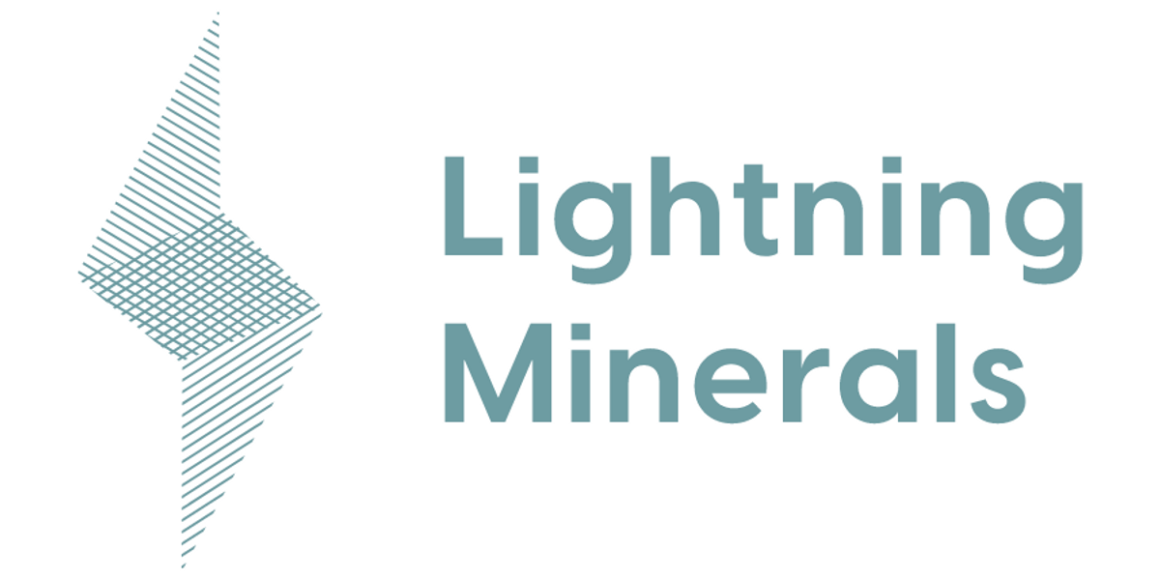Highlights
Lightning Minerals Managing Director Alex Biggs said, “Drilling on E63/2000 has yielded positive results that suggest we are potentially closing in on what might be a source of lithium mineralisation. The staged approach we have taken: geophysics, soil sampling, infill soil sampling and now Aircore drilling have helped us identify the areas of highest importance and we will continue to follow up on these with further targeted drilling. It also demonstrates that this approach to exploration works, while at the same time conserving capital and ensuring maximum value proposition for exploration expenditure.
The Company remains committed to its exploration at its Dundas project and is excited to begin exploration at its newly acquired Caraíbas and Sidrônio projects in Brazil’s Lithium Valley region of Minas Gerais. It is important that we generate optionality in our exploration strategy and we now hold projects in three of the most prospective lithium districts in the world: Minas Gerais, Brazil, Dundas, Western Australia and Quebec, Canada. We remain excited about the Company’s project’s potential and are supportive of the overall lithium thematic”.
Drilling Results for Dundas Tenement E63/2000
During early 2023 Lightning Minerals completed a first pass reconnaissance soil geochemistry program consisting of 1,391 soil samples at its Dundas South Project. Results within tenements E63/2000 and E63/1993 defined a broad lithium in-soil anomaly over an approximate 2.4km x 1.0km area, including a peak result of 218ppm lithium (Figure 1). Infill sampling was then completed to further define anomalism and to delineate drill targets through the shallow regolith and alluvial cover present in the area. The positive results of the infill program were sufficient to support the continuation of exploration activities through Aircore drilling.
The maiden drill program within E63/2000 was then completed in February 2024 and assays have now been received for all samples submitted for laboratory analysis. Results show three sites of interest, these exhibit broadly correlated elevations in pathfinder elements within highly weathered saprolites. Two of the three sites (Drill Traverse 4 and 6, Figure 2) are located on the eastern extents of east west orientated drill lines and will require follow up exploration to continue vectoring toward any potential lithium mineral system that may be responsible for the elevated results.
Samples were collected from all holes using a 4m composite sampling technique from surface. The samples were then submitted to Nagrom laboratories for a full suite of exploration stage low level elemental analysis. Lithological logging via suitably qualified contract geologists reported a range of end of hole (EOH) rock types including mafic volcanics, granites, and metasediments, with some holes ending at hard undifferentiated saprock/saprolite boundaries.


Leave a Reply